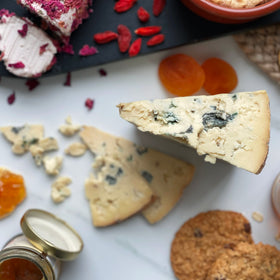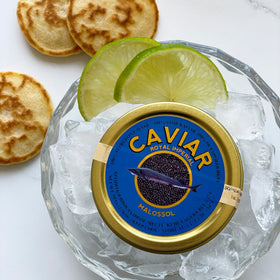
How to Enjoy and Pair Goat Cheese: A Guide to Chevre Cheese Varieties
Goat cheese, or chevre, is a versatile and beloved cheese that can be enjoyed in many different ways. Whether you're a cheese connoisseur or a casual cheese lover, there's a chevre cheese variety for you. In this article, we'll explore some of the most popular types of chevre cheese and provide tips on how to enjoy and pair them.
Chevre cheese is made from goat's milk and is often characterized by its creamy texture and tangy, slightly sweet flavor. It is a good source of protein and calcium and is lower in fat and calories than many other types of cheese. Chevre cheese can be used in a variety of ways, from spreads and dips to toppings and fillings.
One of the most popular types of chevre cheese is Valencay cheese. A French goat cheese named after the town of Valençay in the Loire Valley. It's made from unpasteurized goat's milk and has a distinct pyramid shape and blue-gray color. The cheese has a tangy, earthy flavor and can be enjoyed in various ways. It pairs well with fruits and nuts, salads, and light, fruity wines like Sauvignon Blanc and Pinot Noir.
Chabichou is another popular type of chevre cheese. It is characterized by its soft, crumbly texture and mild, slightly tangy flavor. It is shaped into a small cylinder. Chabichou is great for eating with fresh crusty bread and is also commonly used as a topping for salads or as a garnish for soups. It pairs well with light red wines, such as Beaujolais, as well as crisp white wines and sparkling wines.
The history of chevre dates back to ancient times when goats were first domesticated for their milk. The cheese was popularized in France in the 8th century, and it became a staple in the country's culinary culture. Chevre became particularly popular in the Loire Valley, where the mild climate and abundant pasturelands provided ideal conditions for raising goats.
In the early days, chevre was made in small batches by farmers and shepherds. The cheese was made by adding rennet to goat's milk to coagulate it and separate the curds from the whey. The curds were then drained and shaped into small logs, which were aged for a few days to develop their flavor and texture.





Leave a comment